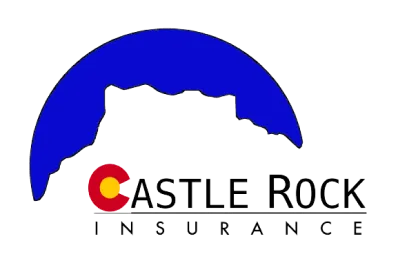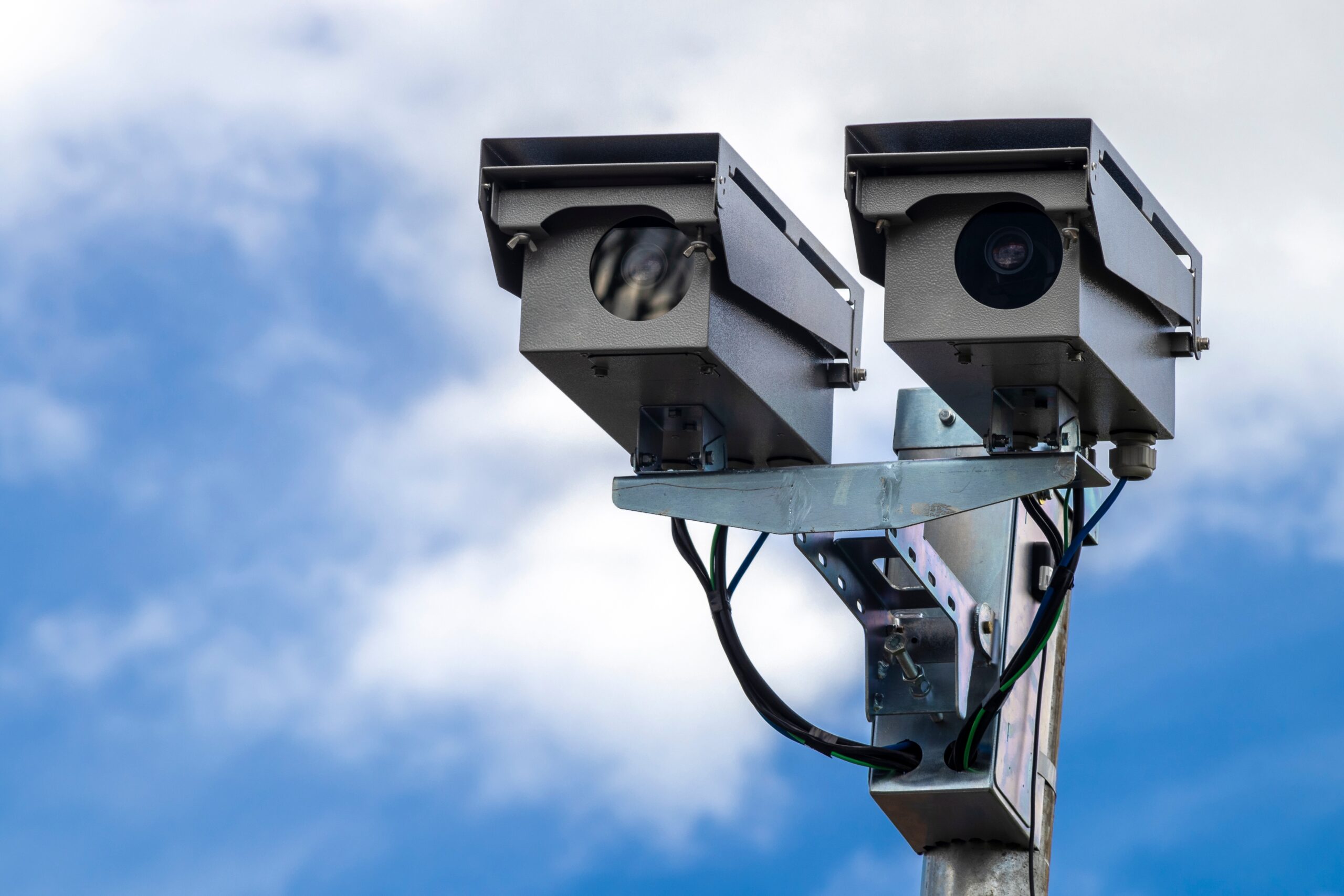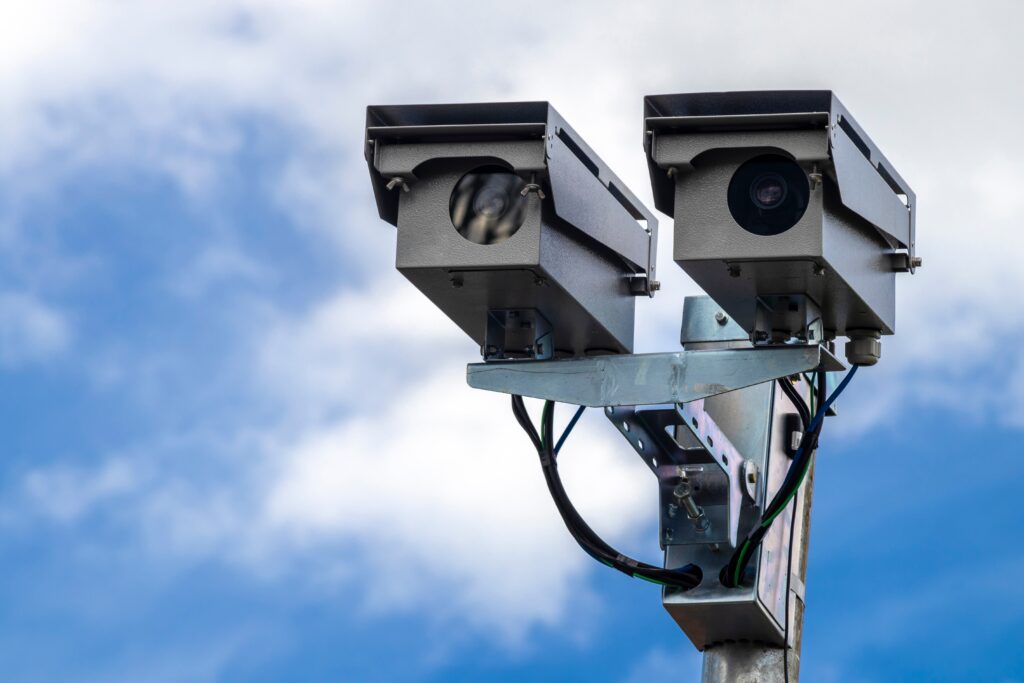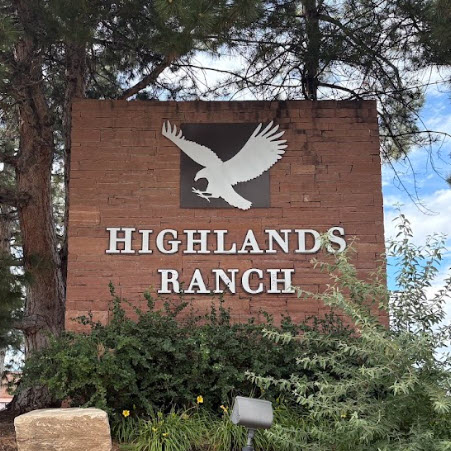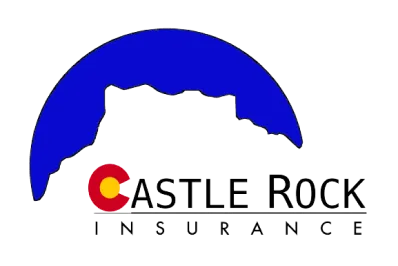After a string of severe storms in May 2025, multiple communities across Colorado were left cleaning up after sudden and damaging floods. While hail and tornadoes made the news, it was flooding that caused the most expensive damage to homes. Areas like Colorado Springs, Elbert County, and parts of the Eastern Plains reported overland flooding, flooded basements, and destroyed personal belongings.
For many homeowners, the flood damage exposed a painful gap in their coverage. Standard homeowners insurance in Colorado does not cover flood damage. Without a separate flood insurance policy in place, residents may be forced to pay for repairs entirely out of pocket.
Here is a breakdown of what happened in May, what is and is not covered by typical policies, and how local independent brokers can help Colorado homeowners navigate their flood risk moving forward.
What Happened: Severe Storms and Flooding Across Colorado
Logan counties, the more widespread damage came from persistent rainfall and flash floods.
- Colorado Springs: Residents reported rising water levels and flooded roads in early May. City officials urged homeowners to clear gutters and monitor drainage systems as several neighborhoods saw stormwater exceed capacity.
- Elbert County: Heavy rains followed shortly after the May 18 tornado outbreak, worsening damage in areas like Elkhorn Ranch. Creeks and ditches overflowed, causing water to enter basements and crawl spaces.
- Northeastern Colorado: Counties like Washington and Logan saw repeated downpours after May 23, which saturated already-wet soil and contributed to standing water on rural properties.
In many of these areas, residents found out the hard way that even small amounts of floodwater inside a home can cause tens of thousands of dollars in damage.
Does Homeowners Insurance Cover Flooding?
In short, no. Most standard homeowners insurance policies in Colorado, including those from major carriers like State Farm, Safeco, Progressive, and Travelers, do not cover flood damage. This includes damage caused by overland water from flash floods or overflowing creeks, storm runoff that enters the home, and backed-up storm drains or sewer systems (unless you’ve added a specific endorsement to your policy).
To be protected from flood damage, Colorado homeowners must purchase a separate flood insurance policy. Coverage is also available through FEMA’s National Flood Insurance Program (NFIP).
What Does Flood Insurance Cover?
Flood insurance typically includes two types of protection:
- Building Coverage: Covers your home’s structure, foundation, electrical and plumbing systems, appliances, and permanently installed flooring or cabinetry
- Contents Coverage: Covers personal belongings such as furniture, electronics, clothing, and portable appliances
The maximum coverage under the NFIP is $250,000 for the building and $100,000 for contents. If your home is worth more or you have high-value belongings, private flood insurance can offer higher limits and faster claim payouts.
How Much Does Flood Insurance Cost in Colorado?
Costs for flood insurance depend on your property’s flood zone, elevation, and proximity to creeks or drainage systems. However, many homeowners are surprised to learn that policies can be relatively affordable, often ranging from $350 to $800 per year in lower-risk zones.
FEMA recently updated its pricing model under Risk Rating 2.0. Rates now reflect individual property risk more accurately rather than using outdated zone maps alone.
Should You Buy Flood Insurance in Colorado?
Even if your home is not in a designated FEMA floodplain, Colorado’s unpredictable weather makes flooding a growing threat. Spring storms, snowmelt, and isolated downpours can all lead to water damage, especially in foothill and suburban communities where infrastructure may not be built for extreme weather events.
We recommend that Colorado homeowners, especially those near creeks, hillsides, or low-lying properties, consider adding flood coverage. In some cases, your mortgage lender may require it based on FEMA maps or recent claims history.
Work with a Local Independent Insurance Broker
Colorado homeowners concerned about flood damage should consider working directly with a local independent insurance broker. Unlike agents who represent only one company, independent brokers can compare coverage across multiple carriers to help you find the best protection based on your property’s risk and your budget. They focus on evaluating your unique needs and offering personalized guidance, not just selling a one-size-fits-all policy.
Because they live and work in Colorado, local brokers have a deep understanding of the state’s terrain, weather trends, and insurance requirements. If you’re unsure whether your home is at risk for flash flooding, or if you want to strengthen your current policy with additional endorsements like water backup or sump pump failure protection, an experienced local broker can walk you through your options. They can also explain how flood coverage works and help identify any gaps in your current insurance setup.
With severe weather becoming more frequent across Colorado, now is the time to speak with a trusted local professional who can help you prepare before the next storm hits.
